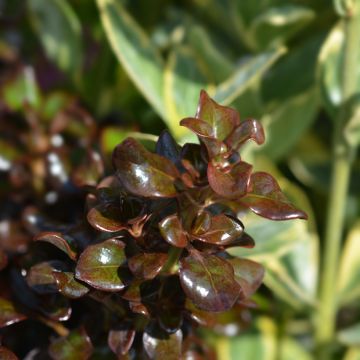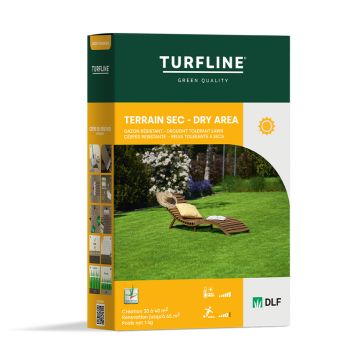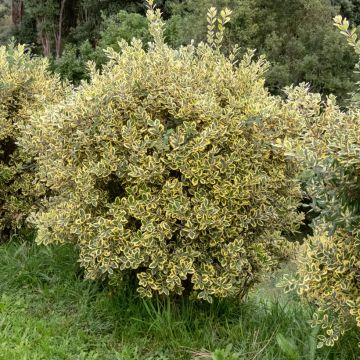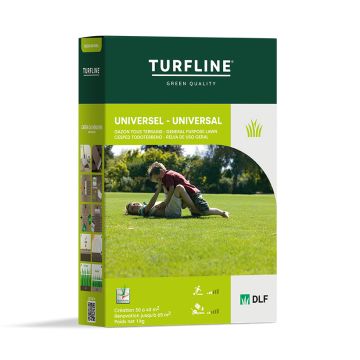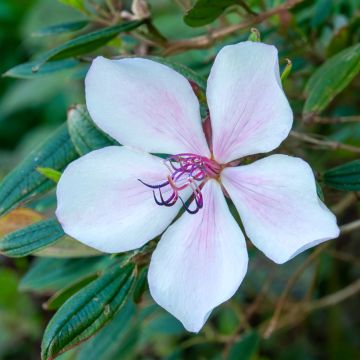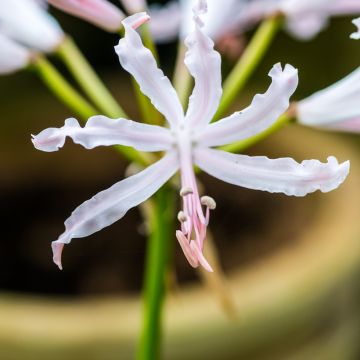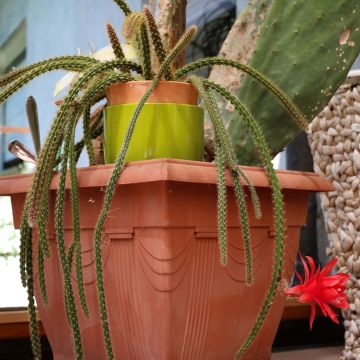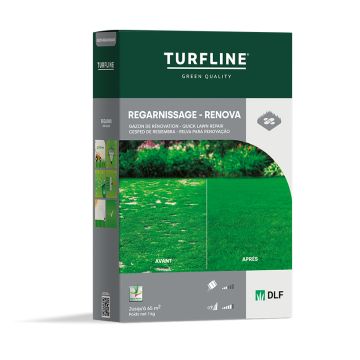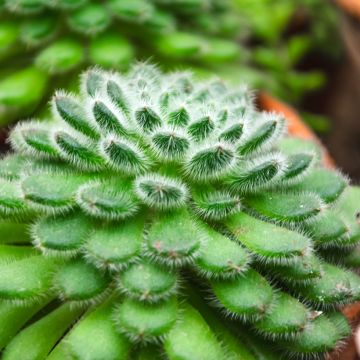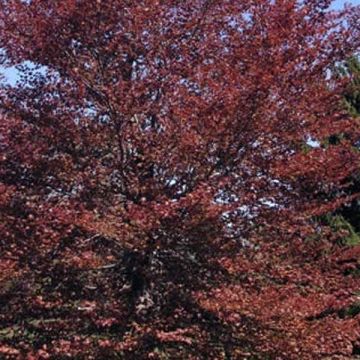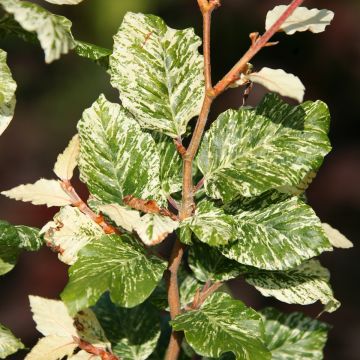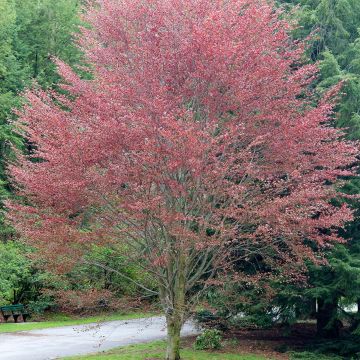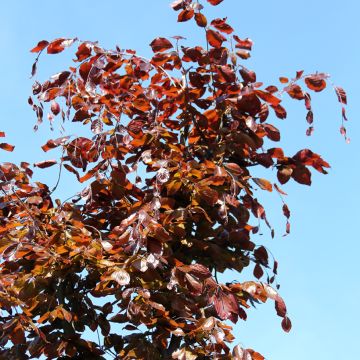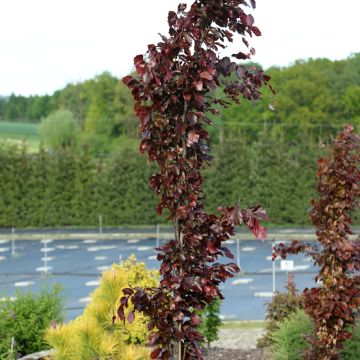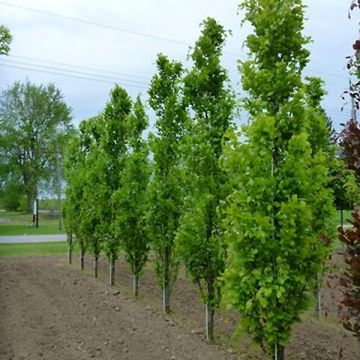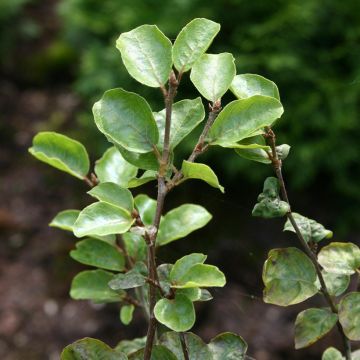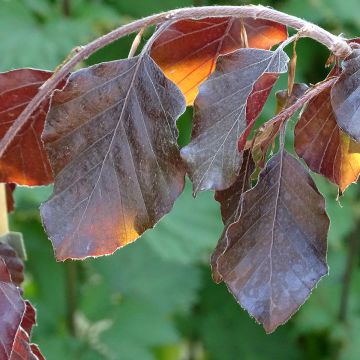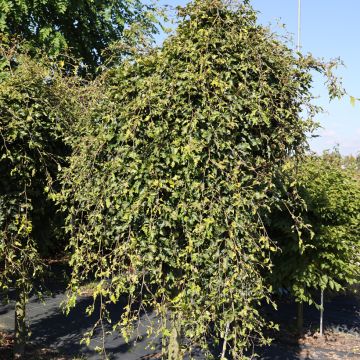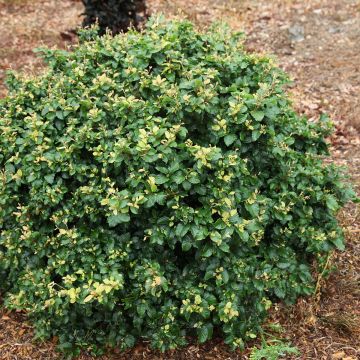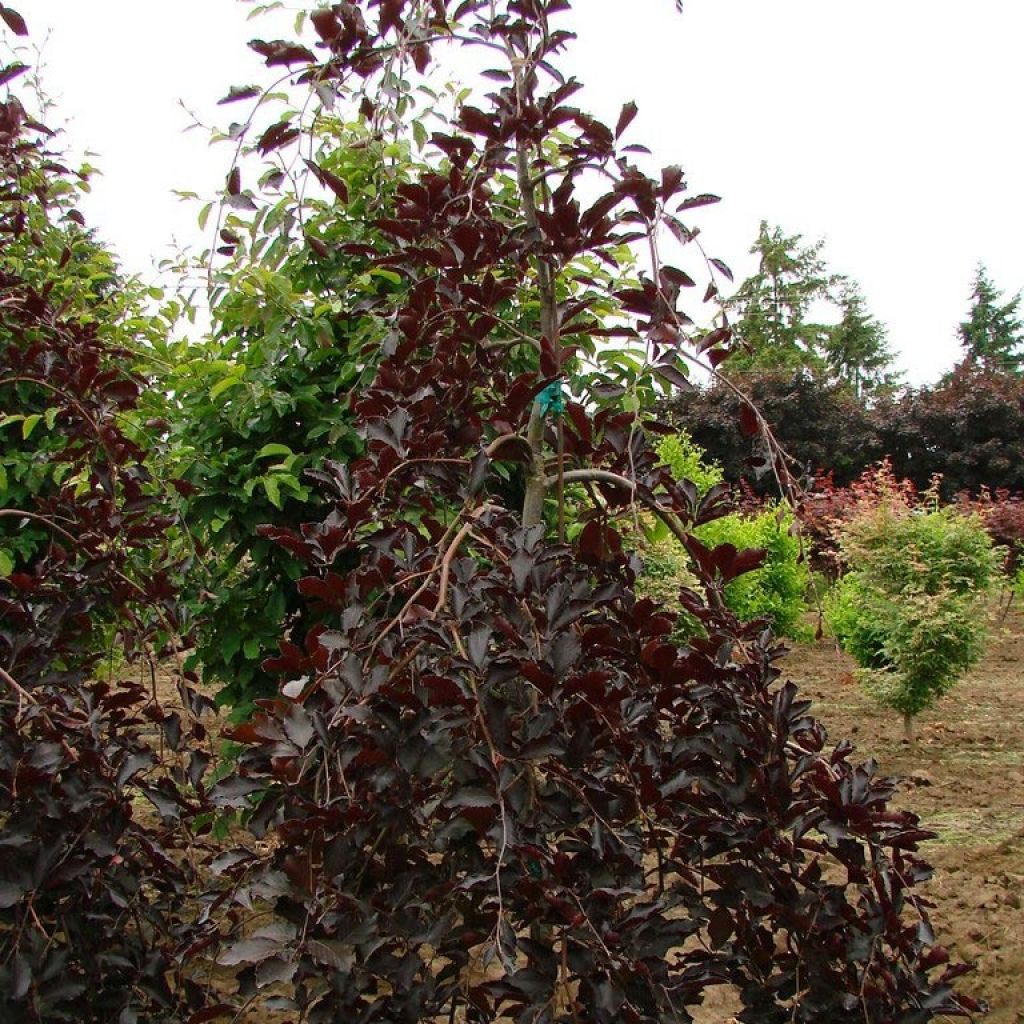

Fagus sylvatica Purpurea Pendula - Beech
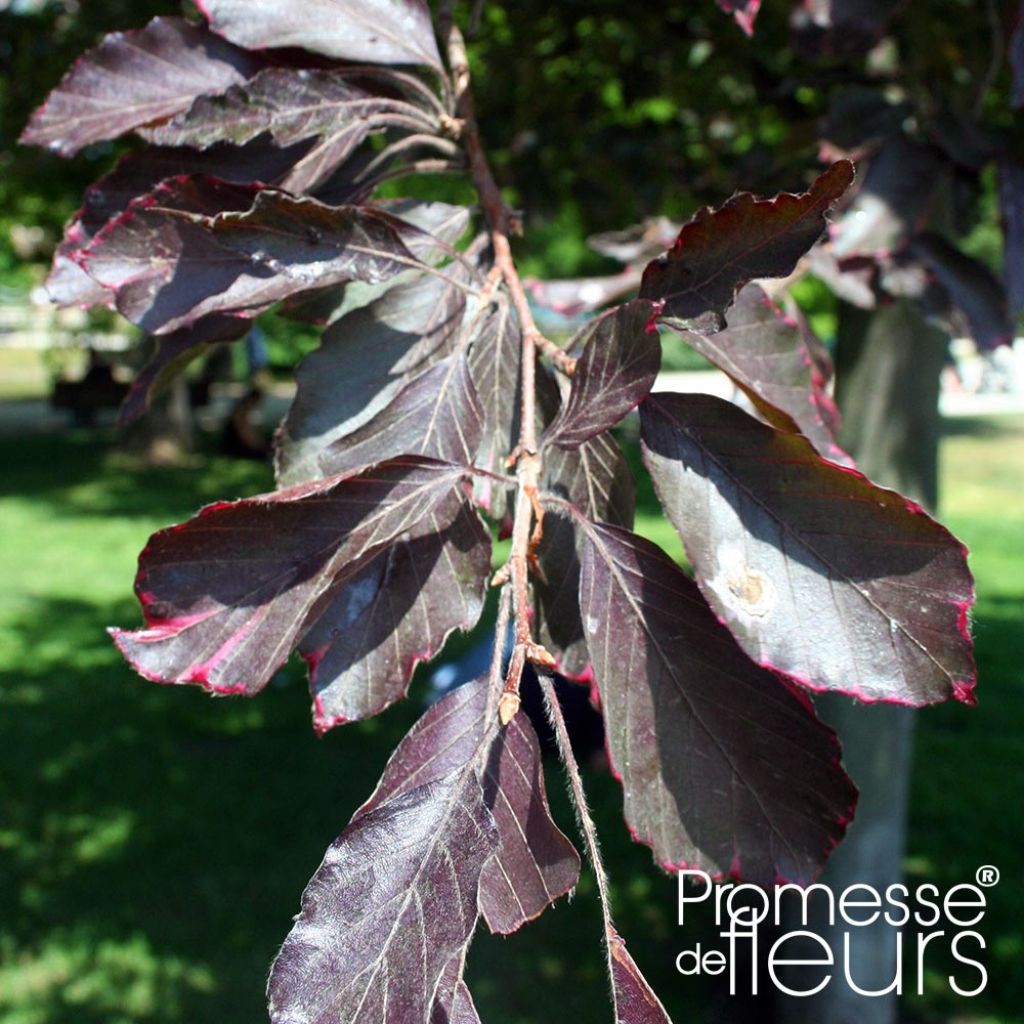

Fagus sylvatica Purpurea Pendula - Beech
Fagus sylvatica Purpurea Pendula - Beech
Fagus sylvatica Purpurea Pendula
European Beech, Common Beech
Why not try an alternative variety in stock?
View all →This plant carries a 24 months recovery warranty
More information
We guarantee the quality of our plants for a full growing cycle, and will replace at our expense any plant that fails to recover under normal climatic and planting conditions.
Oversize package: home delivery by special carrier from €6.90 per order..
Express home delivery from €8.90.
Does this plant fit my garden?
Set up your Plantfit profile →
Description
Fagus sylvatica 'Purpurea Pendula' is a magnificent purple form of weeping beech. It has fairly slow growth and moderate development, which can easily be contained by pruning, allowing it to be adopted in a medium-sized garden and even cultivated in a large container for several years. Like all beech trees, its foliage takes on a beautiful colour in autumn, and it remains attached to the branches until the end of winter. Decorative throughout the year, even in winter when it reveals its beautiful architecture, this beech tree is usually planted as a specimen.
Fagus sylvatica 'Purpurea Pendula' can reach a height of 4 m to 6 m (13.1 ft to 19.7 ft) with a spread of 3 m to 4 m (9.8 ft to 13.1 ft) and can live for a very long time. Its cylindrical trunk is covered with a smooth bark of light grey colour. Its ancestor is native to central Europe to the Caucasus, and is one of the most abundant species in European forests. Its reddish wood is used in cabinet-making and for the production of wooden tools and toys as well as firewood.
'Purpurea Pendula' was selected in Germany around 1865. It is a very popular tree, often planted in parks and small gardens. Its growth is quite slow in the early years, and accelerates a bit later on. It is often grafted on a predetermined stem height. The main branches are drooping, while the young flexible and long branches sometimes hang down to the ground. Its foliage is very dense, composed of shiny, oval-shaped leaves arranged alternately on the branches, measuring 4 cm to 10 cm (1.6 in to 3.9 in) long. They emerge red, gradually turn reddish-brown then purple, and take on a dazzling red-orange colour in autumn. These leaves are marcescent, meaning they dry out while remaining on the tree and only fall to the ground in late winter, just before the arrival of new leaves.
The flowers appear almost at the same time as the leaves. From April to May, monoecious flowers bloom. The male yellow flowers are grouped in pendulous catkins of 40 mm to 60 mm (1.6 in to 2.4 in). The green female flowers appear in groups of 2 to 4 in an involucre at the end of the branches. Fagus sylvatica 'Purpurea Pendula' produces shiny brown fruits called beechnuts, covered with prickles. These fruits, 12 mm to 18 mm (0.5 in to 0.7 in) long, are edible in small quantities. In the past, mountain dwellers used them to make flour.
A magnificent specimen, the weeping purple beech is more suitable for small spaces than usual varieties. It grows particularly well in cool but not too wet, well-drained and humus-rich soils. It can be integrated into a hedge or a large shrub bed. It can also be trained as topiary, grown in a large container or made into a bonsai. Fans of unique small trees will also appreciate the purple hazel, the twisted hazel or the weeping birch Crispa.
Fagus sylvatica Purpurea Pendula - Beech in pictures
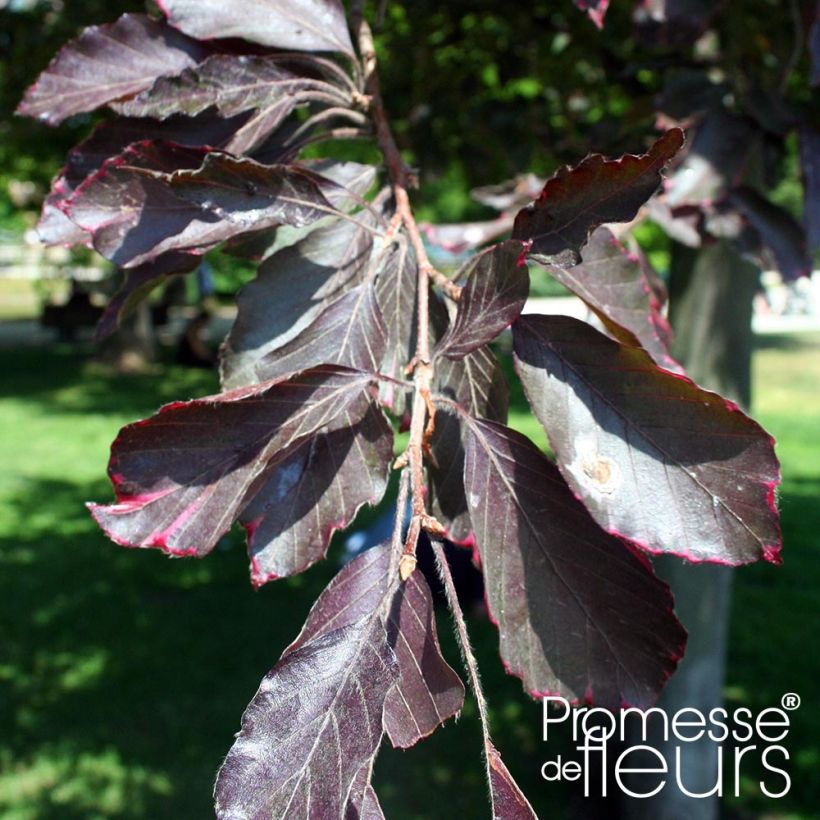

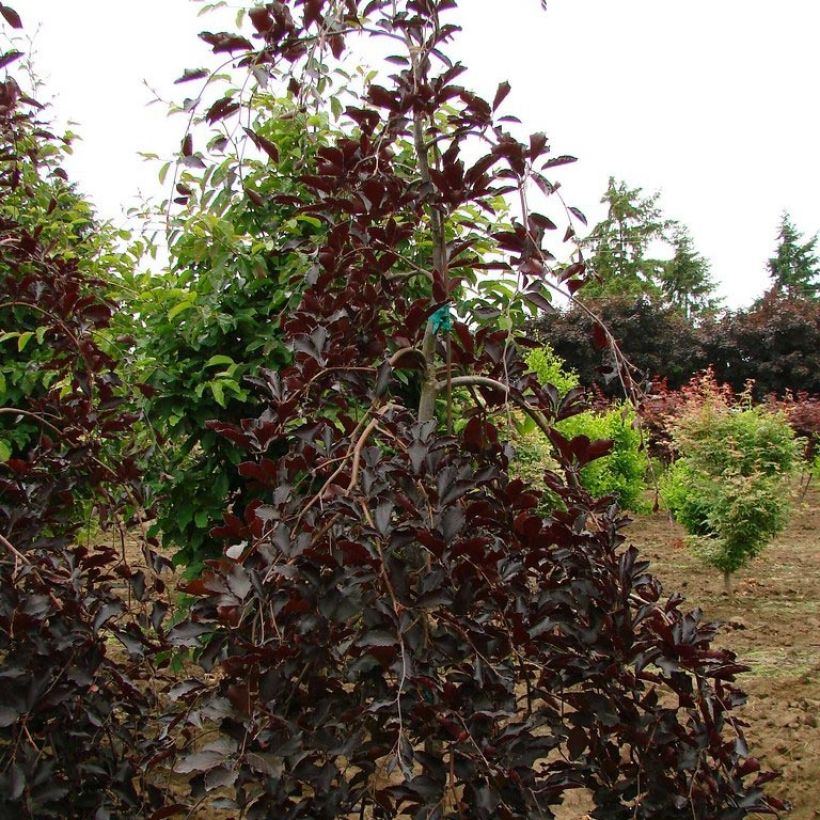

Plant habit
Flowering
Foliage
Botanical data
Fagus
sylvatica
Purpurea Pendula
Fagaceae
European Beech, Common Beech
Cultivar or hybrid
Other Fagus - Beech
View all →Planting and care
Fagus sylvatica 'Purpurea Pendula' enjoys partial shade and gentle sunlight. It thrives in cool and temperate climates. The soil should be moist and well-drained, with a constant level of humidity as it does not tolerate drought. Plant it with its root ball to give it the best chance of a long life. In February-March, when the tree is dormant, remove any stems that compromise symmetry or are tangled to maintain a good habit. Be aware of aphids, scale insects, and mildew.
Planting period
Intended location
Care
This item has not been reviewed yet - be the first to leave a review about it.
Haven't found what you were looking for?
Hardiness is the lowest winter temperature a plant can endure without suffering serious damage or even dying. However, hardiness is affected by location (a sheltered area, such as a patio), protection (winter cover) and soil type (hardiness is improved by well-drained soil).

Photo Sharing Terms & Conditions
In order to encourage gardeners to interact and share their experiences, Promesse de fleurs offers various media enabling content to be uploaded onto its Site - in particular via the ‘Photo sharing’ module.
The User agrees to refrain from:
- Posting any content that is illegal, prejudicial, insulting, racist, inciteful to hatred, revisionist, contrary to public decency, that infringes on privacy or on the privacy rights of third parties, in particular the publicity rights of persons and goods, intellectual property rights, or the right to privacy.
- Submitting content on behalf of a third party;
- Impersonate the identity of a third party and/or publish any personal information about a third party;
In general, the User undertakes to refrain from any unethical behaviour.
All Content (in particular text, comments, files, images, photos, videos, creative works, etc.), which may be subject to property or intellectual property rights, image or other private rights, shall remain the property of the User, subject to the limited rights granted by the terms of the licence granted by Promesse de fleurs as stated below. Users are at liberty to publish or not to publish such Content on the Site, notably via the ‘Photo Sharing’ facility, and accept that this Content shall be made public and freely accessible, notably on the Internet.
Users further acknowledge, undertake to have ,and guarantee that they hold all necessary rights and permissions to publish such material on the Site, in particular with regard to the legislation in force pertaining to any privacy, property, intellectual property, image, or contractual rights, or rights of any other nature. By publishing such Content on the Site, Users acknowledge accepting full liability as publishers of the Content within the meaning of the law, and grant Promesse de fleurs, free of charge, an inclusive, worldwide licence for the said Content for the entire duration of its publication, including all reproduction, representation, up/downloading, displaying, performing, transmission, and storage rights.
Users also grant permission for their name to be linked to the Content and accept that this link may not always be made available.
By engaging in posting material, Users consent to their Content becoming automatically accessible on the Internet, in particular on other sites and/or blogs and/or web pages of the Promesse de fleurs site, including in particular social pages and the Promesse de fleurs catalogue.
Users may secure the removal of entrusted content free of charge by issuing a simple request via our contact form.

































